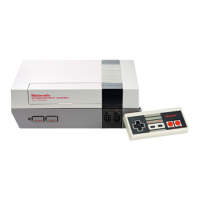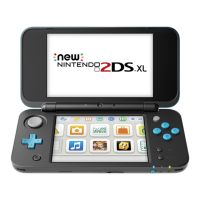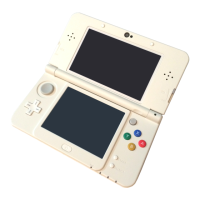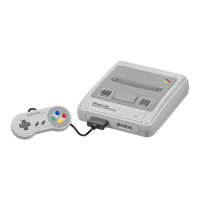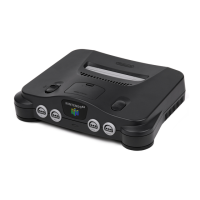4
The Famicom (Family Computer) became an enormous success in Japan and in 1983,
Minoru Arakawa offered Atari the chance to produce the system in America. When it became
clear that Atari did not have the resources to proceed the deal fell through. Atari was divided
up and sold by Warner while Nintendo decided to produce and market the Famicom in
America themselves under the name Nintendo Entertainment System (NES). The console
was also redesigned to appeal to western children as shown in figure 1-1.
Despite early resistance from retailers fearing further losses after the industry crash the
previous year, the NES became available in America in 1985. As a result of strict quality
controls on third party software, combined with Nintendo’s own games (including Super
Mario Bros., The Legend of Zelda and Metroid) the console became a huge success.
In 1987, the NES became the top selling toy in America, while The Legend of Zelda became
the first NES game to achieve sales of one million units. In America alone, revenues for
Super Mario Bros. 3 were in excess of $500 million with over 7 million units sold and 4 million
in Japan [14]. In 1991, Nintendo earned about $1.5 million for each of its 5,000 employees.
The company’s profit in the early 1990s exceeded that of the American film industry. Such
was Nintendo’s effect on American culture that a 1990 survey showed that Mario was more
recognized by children than Mickey Mouse.
Sega released the 16-bit Genesis (Mega Drive in Europe) in 1989 and, due to the success of
Sonic the Hedgehog, the console became very popular. That same year, Nintendo were
busy with the release of their handheld console, the Game Boy but would enter the 16-bit
market with the Super Famicom in 1990. The console was released in America in 1991 as
the Super Nintendo Entertainment System (SNES) and due to incompatibility with the NES
hardware, signalled a move away from the old system.
Figure 1-2. Redesigned NES
released in 1993 [15].
In 1993, Nintendo released a redesigned version of the NES (as shown in figure 1-2) but the
last NES game, Wario’s Woods was released in late 1994 and the system was officially
discontinued in 1995 [16]. By this time over 60 million NES consoles and 500 million games
had been sold worldwide.
The SNES featured a 65816 processor which was largely compatible with the NES’ 6502
processor. However the graphics and sound on the new system were incompatible [5]. This
made it impossible for games created for the old system to run on its successor. As a result
the software created for the NES could no longer be used by people who did not already
